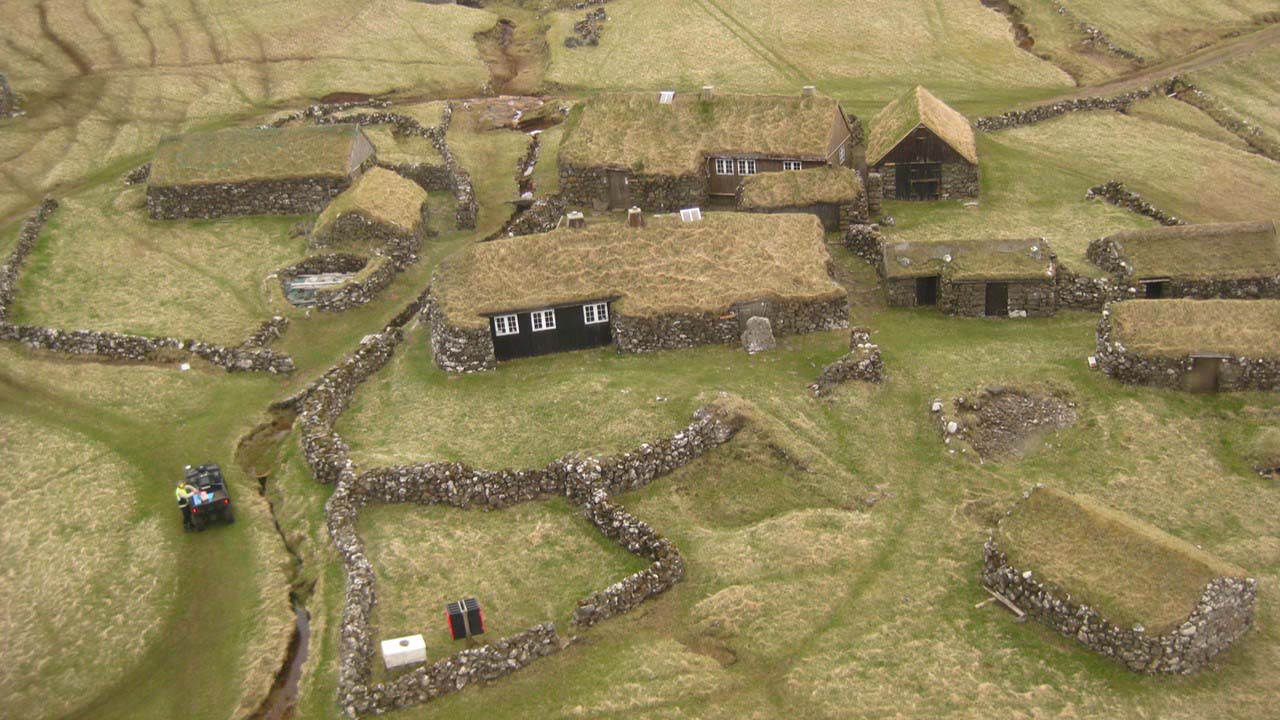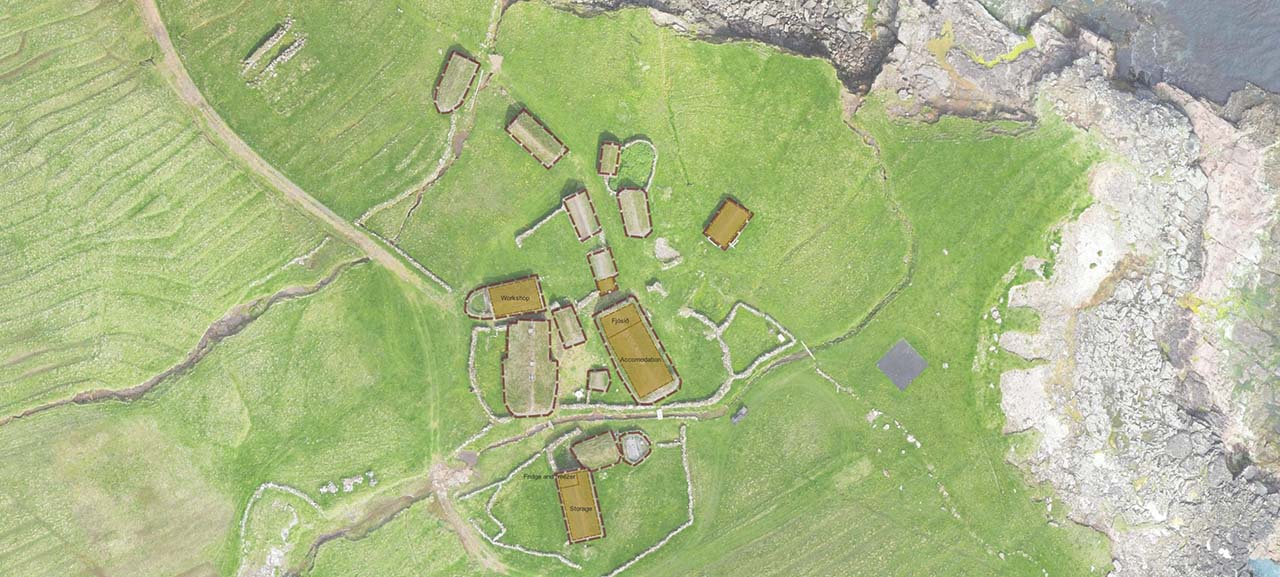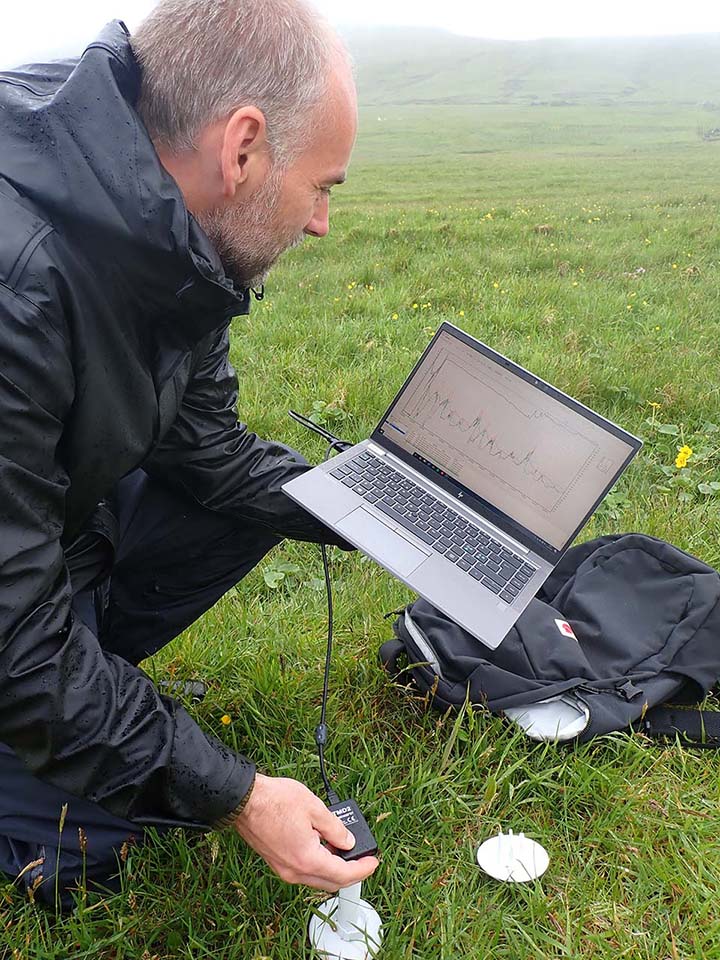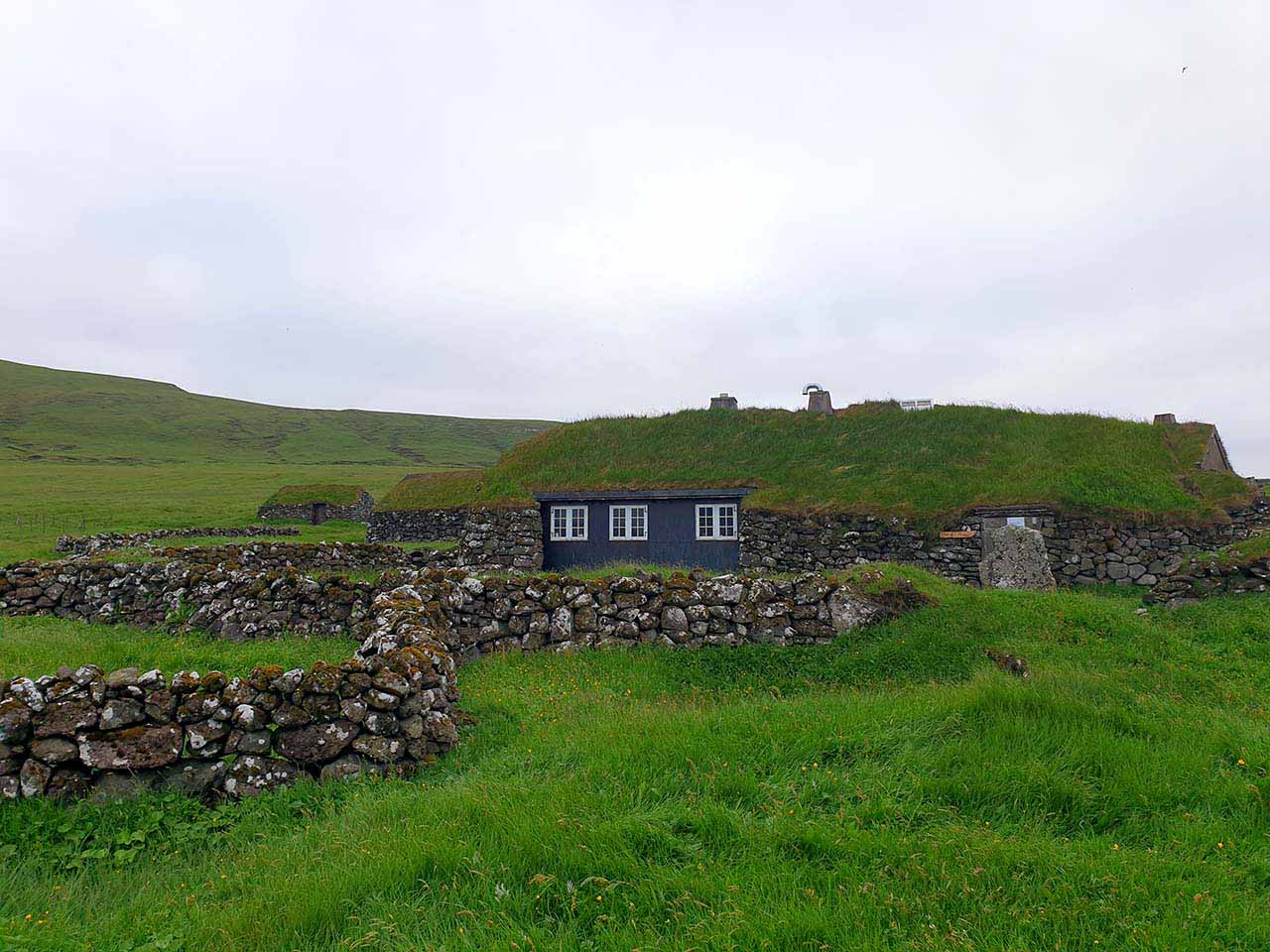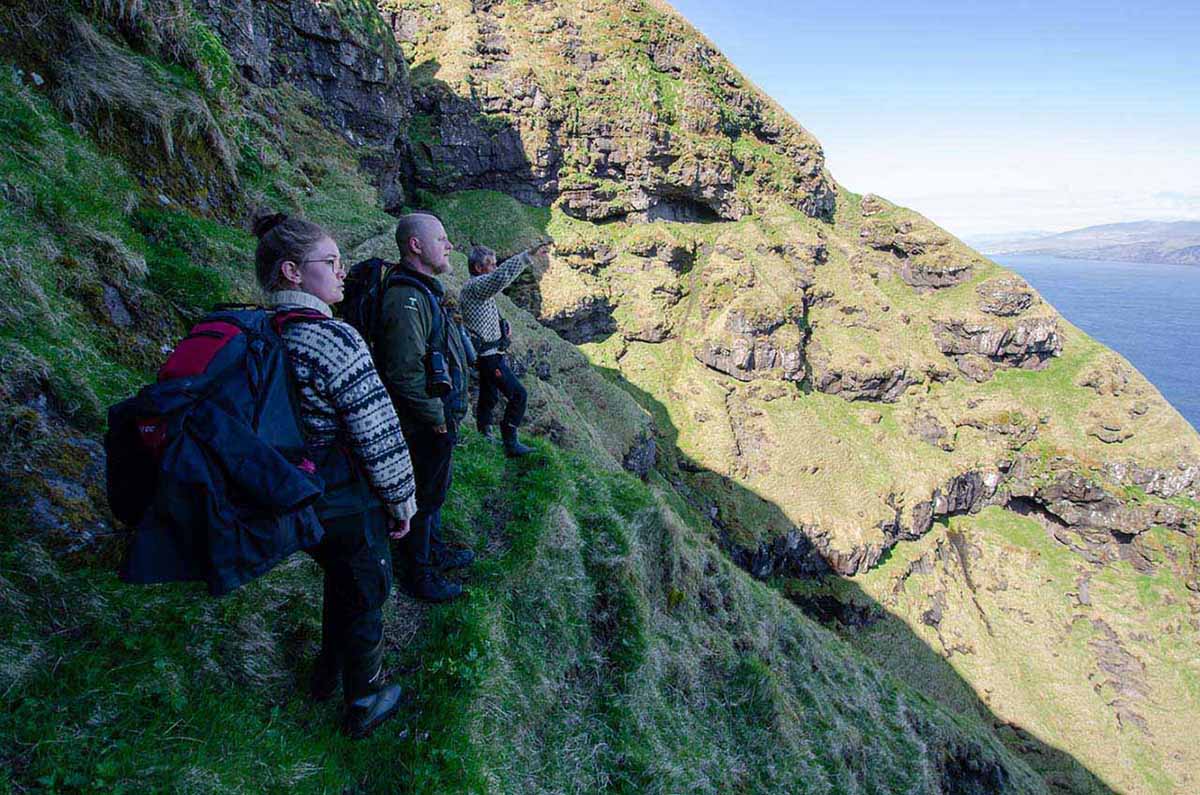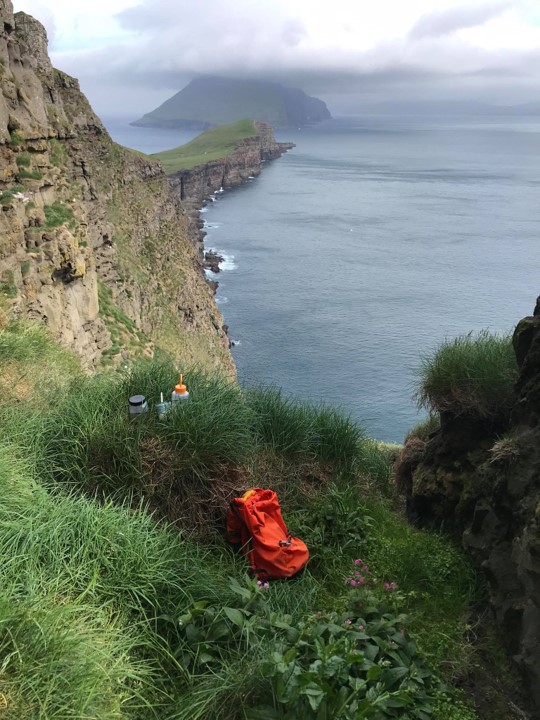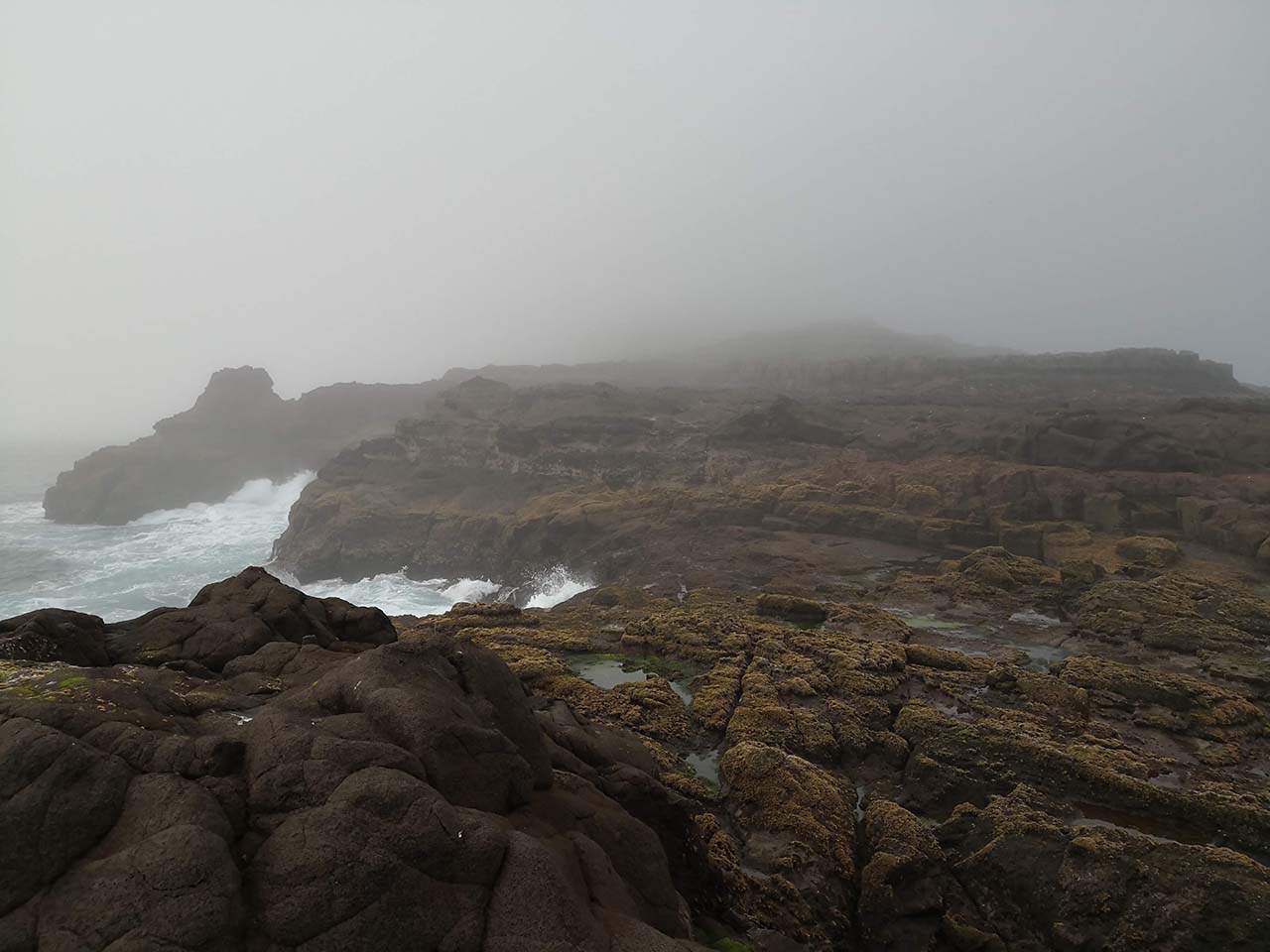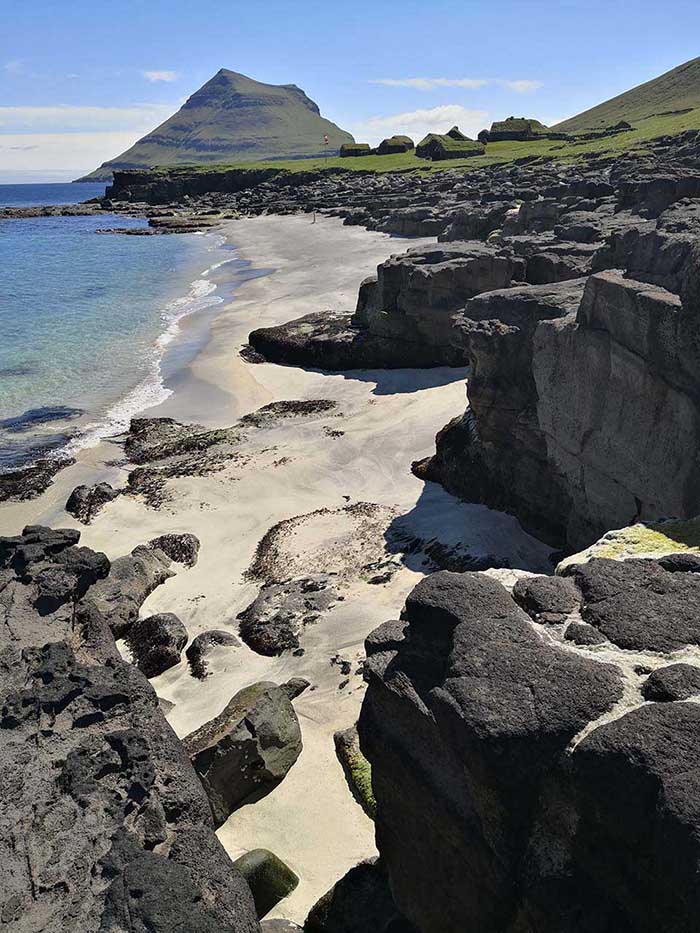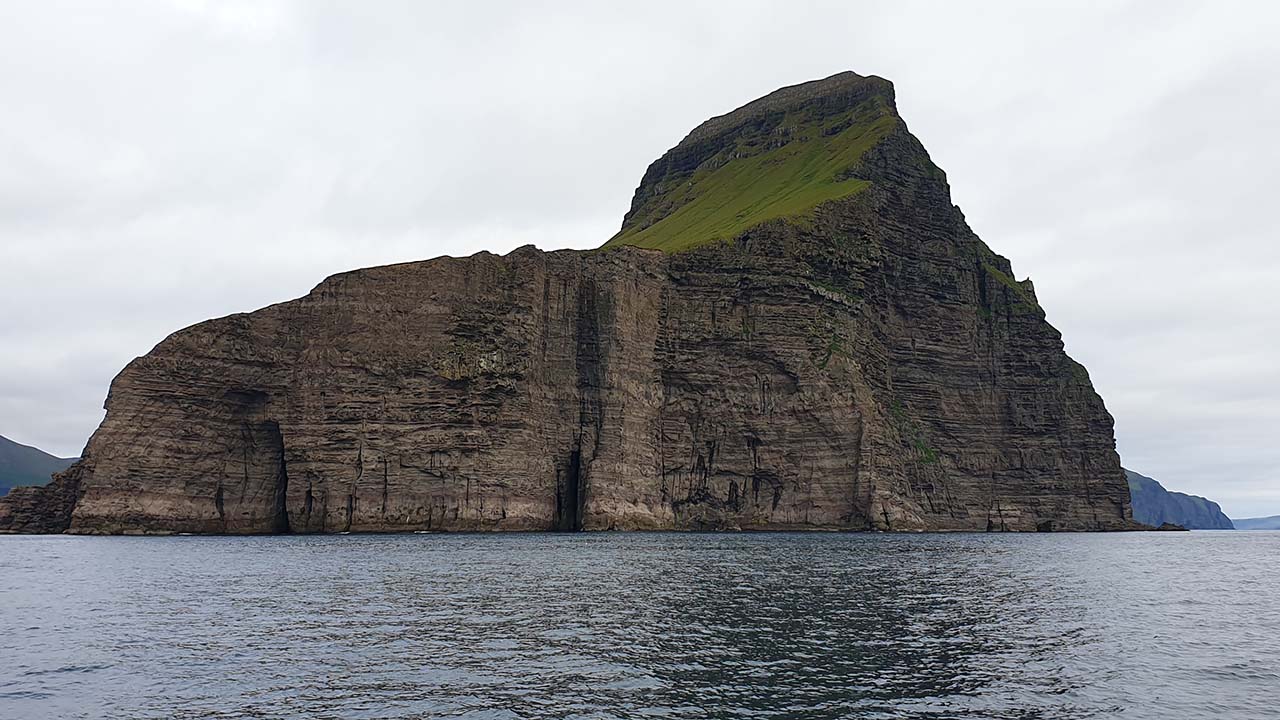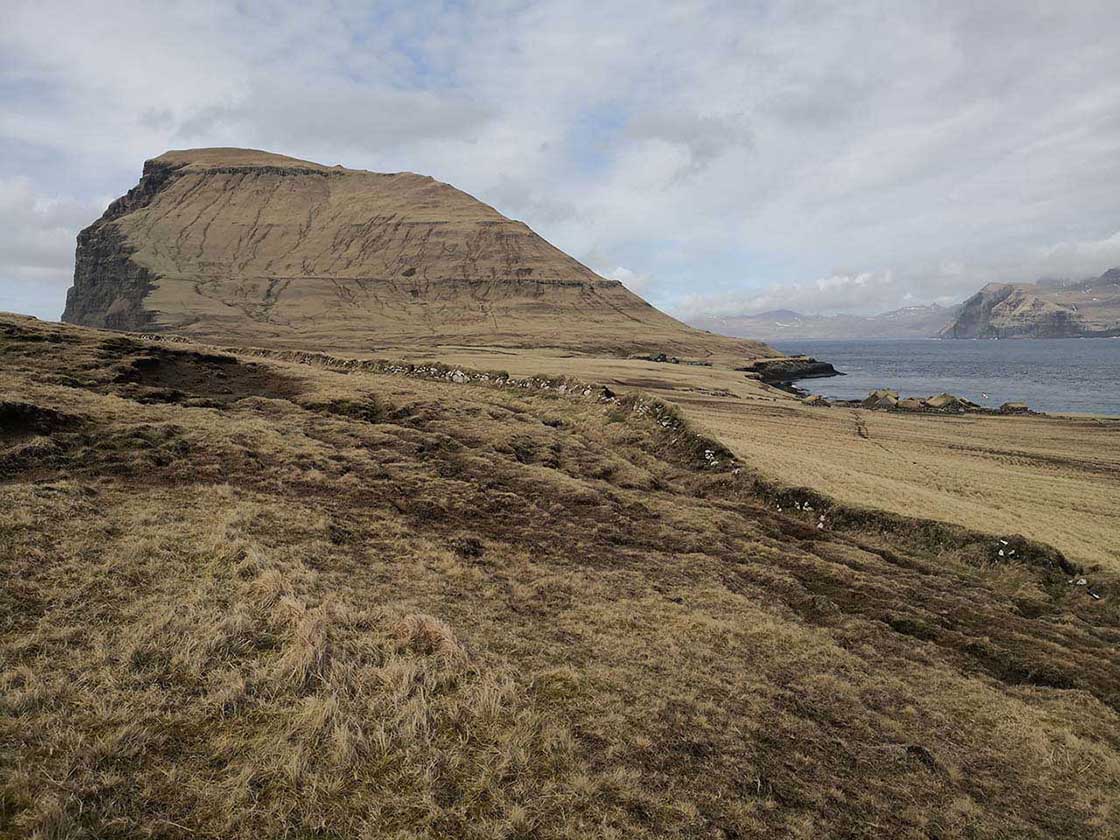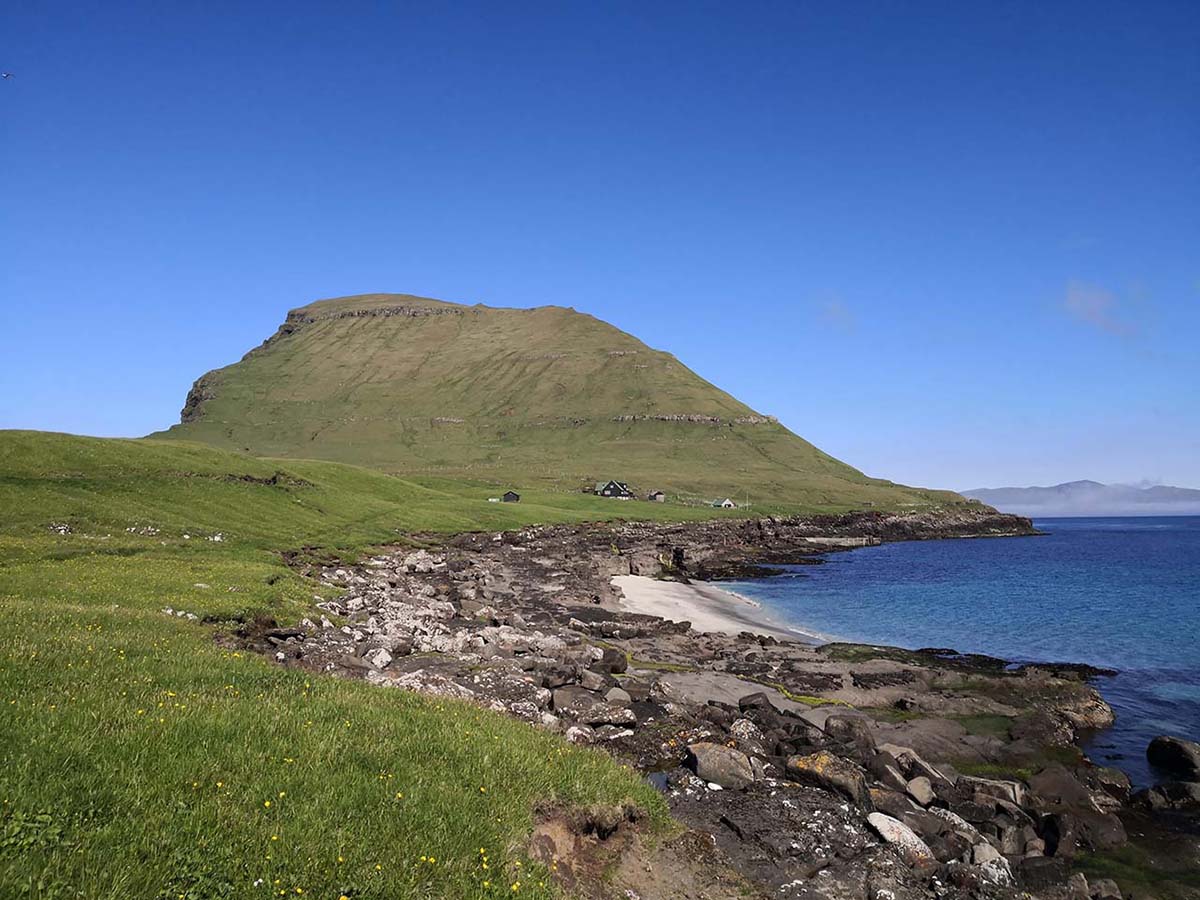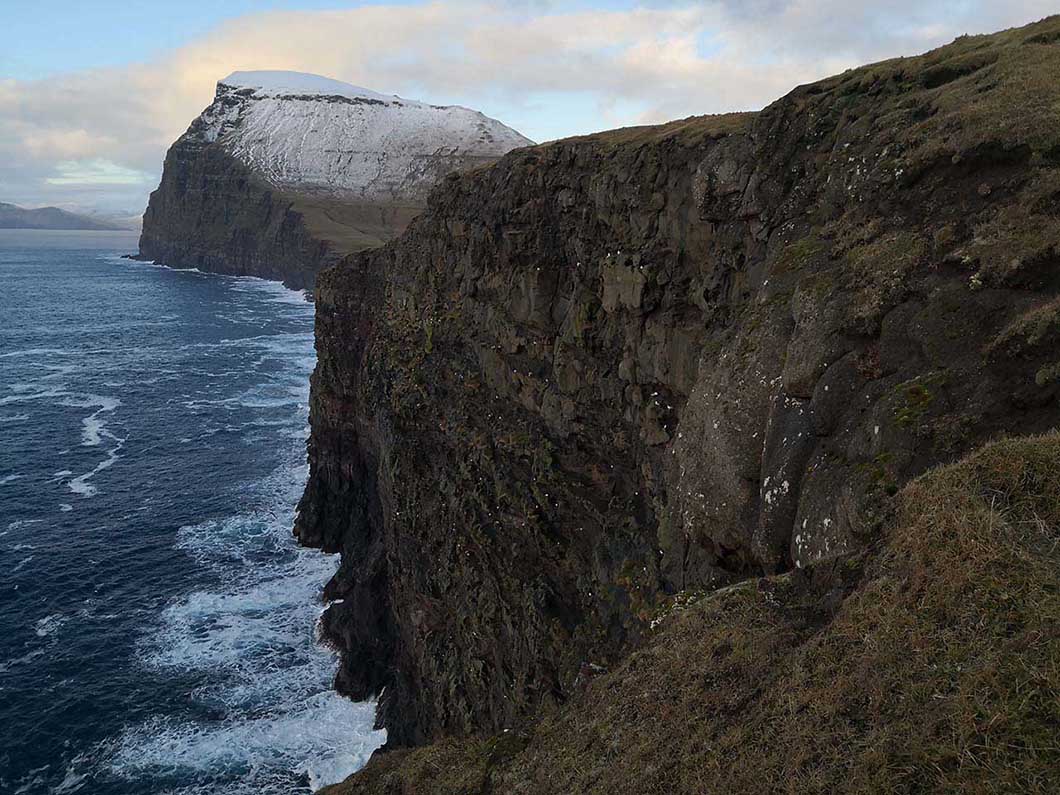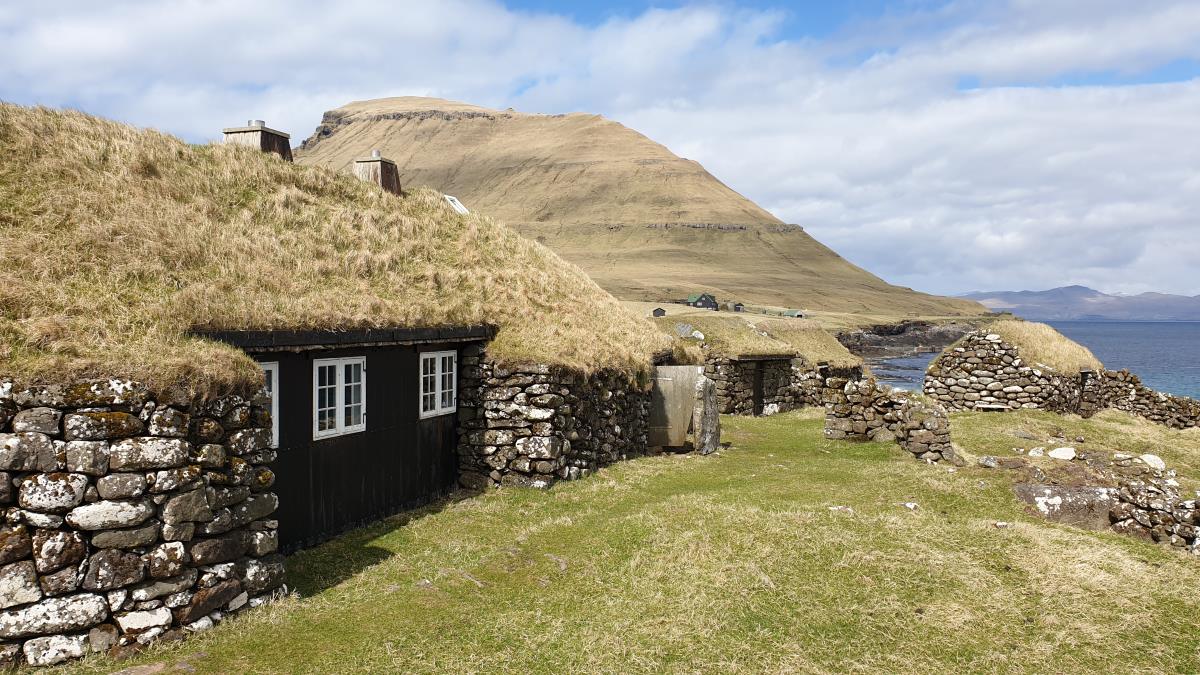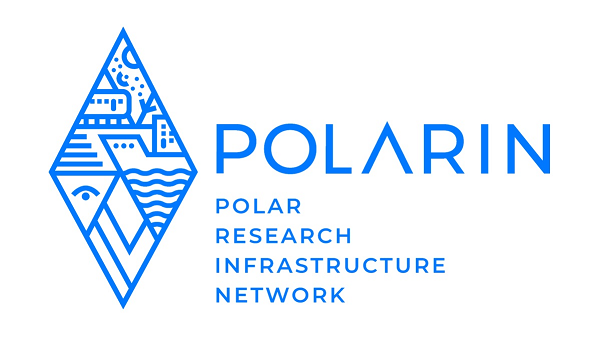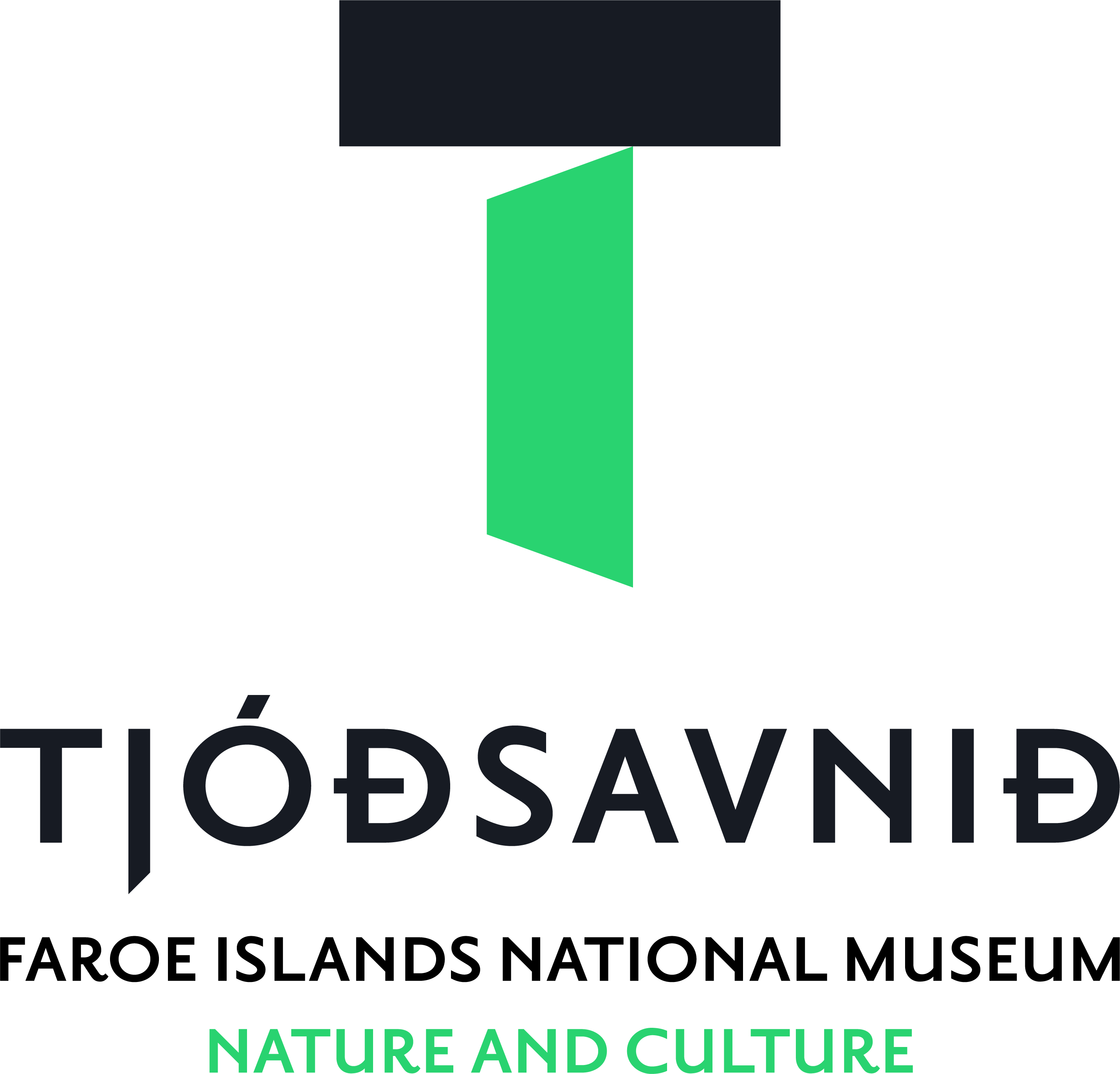
Koltur Research Station
Address
TjóðsavniðKúrdalsvegur 15
188 Hoyvík
Faroe Islands
Station manager
Leivur Janus HansenStation Features
Opening year: 2019 Status: OpenFacilities
Station name and owner
Koltur Research Station is managed by Faroe Islands National Museum.
Location
The station is located on a 2.5 km2 island which reaches 477m a.s.l. and has typical sheep-grazed grassy slopes, exposed rocky shores, sea-bird cliffs and small streams. The island is under the auspices of the National Museum and is partly protected. It is situated 3.5 km from the island of Streymoy and the western side is exposed to the predominant south-westerly winds and waves.
Climate data
Grey colours are WMO Climate Normals including maximum and minimum values. Blue colours are individual years.
Climate data for the stations where extracted via Copernicus Climate Data Store, from the global gridded reanalysis product:
ERA5 monthly averaged data on single levels from 1940 to present.
Description and source code: Roemer J.K. 2023. https://doi.org/10.5281/zenodo.10214922
Data Source: Hersbach et al. 2023. Copernicus Climate Change Service (C3S) Climate Data Store (CDS), https://doi.org/10.24381/cds.f17050d7
Biodiversity and natural environment
The Faroes have an oceanic sub-arctic climate and are characterised by a high relief. There are no native terrestrial mammals, no amphibians or snakes, and several groups of insects are not present either such as mayflies and dragonflies. The island of Koltur has relatively few non-native species. There are breeding populations of Arctic puffin, Manx shearwater and European storm-petrel.
History and facilities
The Research Station is part of several reconstructed old stone houses surrounded by old barley fields. There are several buildings and outhouses which are being used as part of the station. The National Museum has used it for nature studies since 2019. The whole of the island officially became part of the Museum in 2014. The research station can have 4 people at the same time which can have use of all basic amenities, such as kitchen, freezer and shower.
General research and databases
Until 2024, the main research has been a baseline study of the biodiversity of the island. As of March 2025 the results have not yet been published. Invertebrates have been sampled using methods such as pit-fall traps, Malaise trap, net-sweeping and Surber sampling in freshwater. Birds and vegetation have been recorded. Vegetation has been recorded in a high resolution grid (100x100m) and a map of vegetation units is partly done (as of march 2025). Several temperature loggers are placed around the island. There is no dedicated database.
Station Monitoring
Human dimension
There are two settlements, Norði í Gerði og Heimi í Húsi. The Reaserch Station is located at Heimi í Húsi, and the two island caretakers take turn residing at Norði í Gerði. When they are not on the island, a replacement person takes over the role of caretaker (running of the electricity generator, helipad, harbour (etc). The nearest other community is the island of Hestur with a population of 20 people.
Access
Transport to the island is by helicopter or boat. The helicopter leaves from the airport and Tórshavn. Flight time is about 5 minutes. Boats can be chartered from tour operators or organised by the museum. Transport from the airport to Tórshavn takes about one hour by bus or car.

